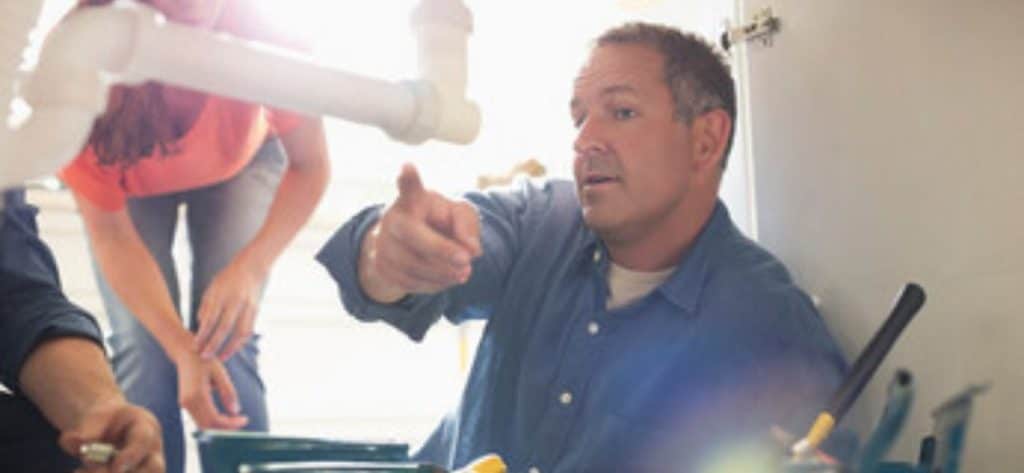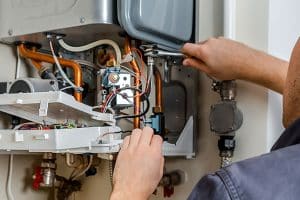Having low water pressure can cause frustration and disrupt everyday life. If you have issues with your tap, a visit from a professional plumber can help identify the root cause and restore your water pressure. Low water pressure can happen due to broken pipes, leaks, clogs, or even freezing weather.
What Does Low Water Pressure Mean?
So what is low water pressure? Water pressure determines the amount of force applied to push water through your pipes. It also contributes to how much water comes out of your tap (flow) and the rate at which water travels through your plumbing (velocity).
Having low water pressure affects plumbing fixtures like the kitchen tap or shower heads by dispensing water with less force than usual. Issues with low water pressure may occur depending on the overall quality and general upkeep of your reservoir. Also, the number of taps in use at the same time can contribute to having less water pressure.
Why Do You Get Low Water Pressure?
Several situations can cause low water pressure coming from your tap. Peak times for water usage, such as the morning and early evening, have a huge effect, especially if you live in a building that relies on a shared reservoir for all tenants.
Multiple appliances, like your shower and washing machine, running at the same time may reduce water pressure as well. In the summer months, water usage for lawns and gardens can also result in reduced water pressure.
Plumbing Issues that Cause Low Water Pressure
Other common causes for having low water pressure involve plumbing issues like:
- Internal leaks
- Clogged pipework
- Burst or broken pipes
During the winter, we recommend protecting your pipes with insulation. Fluctuating pressure, straining older pipes can cause them to burst, resulting in reduced water pressure, leaks, and flooding.
How to Resolve Low Water Pressure Issues
While not all low water pressure problems have a simple fix, you can follow a few troubleshooting steps to search for the issue.
1. Test the Kitchen Tap
When your water stops running or you notice low water pressure, try running cold water from your kitchen tap. If you don’t have running water anywhere in the house but the kitchen tap still works, a problem may exist with the internal plumbing. In this situation, call a professional plumbing service like Videtta Heating and Plumbing.
2. Prevent Frozen Pipes
During the winter, a frozen pipe can lead to more than water pressure problems, including costly damage to your plumbing due to floods and leaks. You can prevent frozen pipes and low water pressure by insulating your pipes and keeping cabinets open so that your pipes stay warm.
Check for frost forming around the outside of your pipes. If you have frozen pipes, turn off your water supply and call for help immediately.
3. Check that Your Stop Valve is Open
You’ll typically find a shutoff valve beneath your kitchen sink. This valve controls the flow to your tap and can reduce water pressure when not fully open. If you notice lower-than-normal water pressure, make sure your shutoff valve stays open by turning it anti-clockwise as far as it will allow.
4. Check with Neighbours
When a plumber performs maintenance in your building, your neighbour’s shutoff valve affects the shared water line to your tap. Ask around and see if anyone else has similar issues regarding their water pressure. If you live in a home, you may need to ask your utility provider about nearby outages.
Time to Contact the Professionals
If you experience issues with low water pressure, call the certified plumbers at Videtta Heating & Plumbing. While these troubleshooting steps can help solve various problems with plumbing and water pressure, some issues require professional equipment and expertise.
For quality service in the Herts, Beds, and Bucks areas, call 07482 873868 today or visit our Videtta Heating & Plumbing to schedule an appointment.





